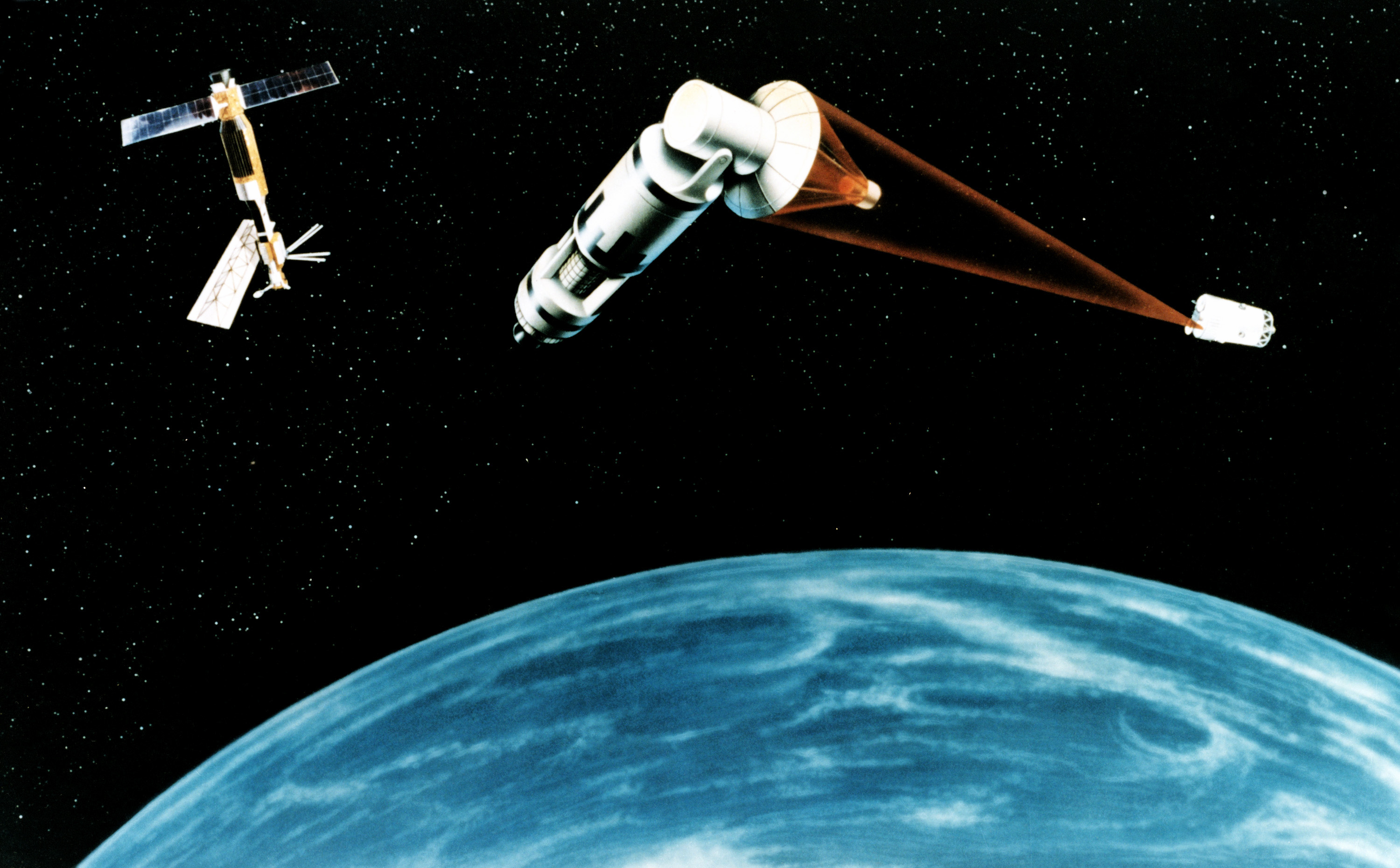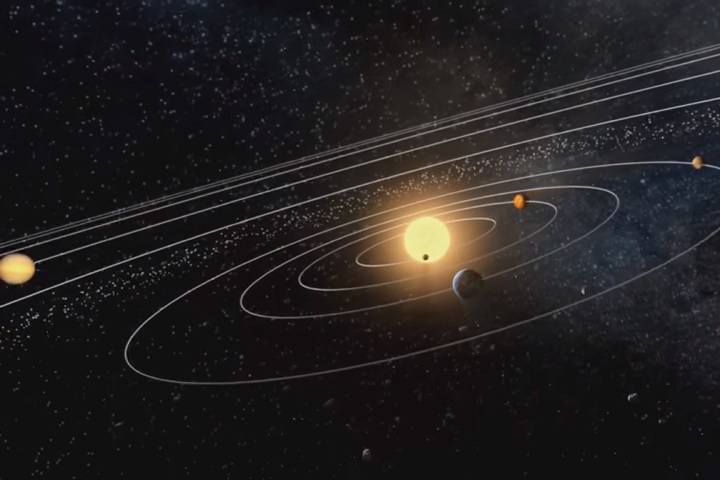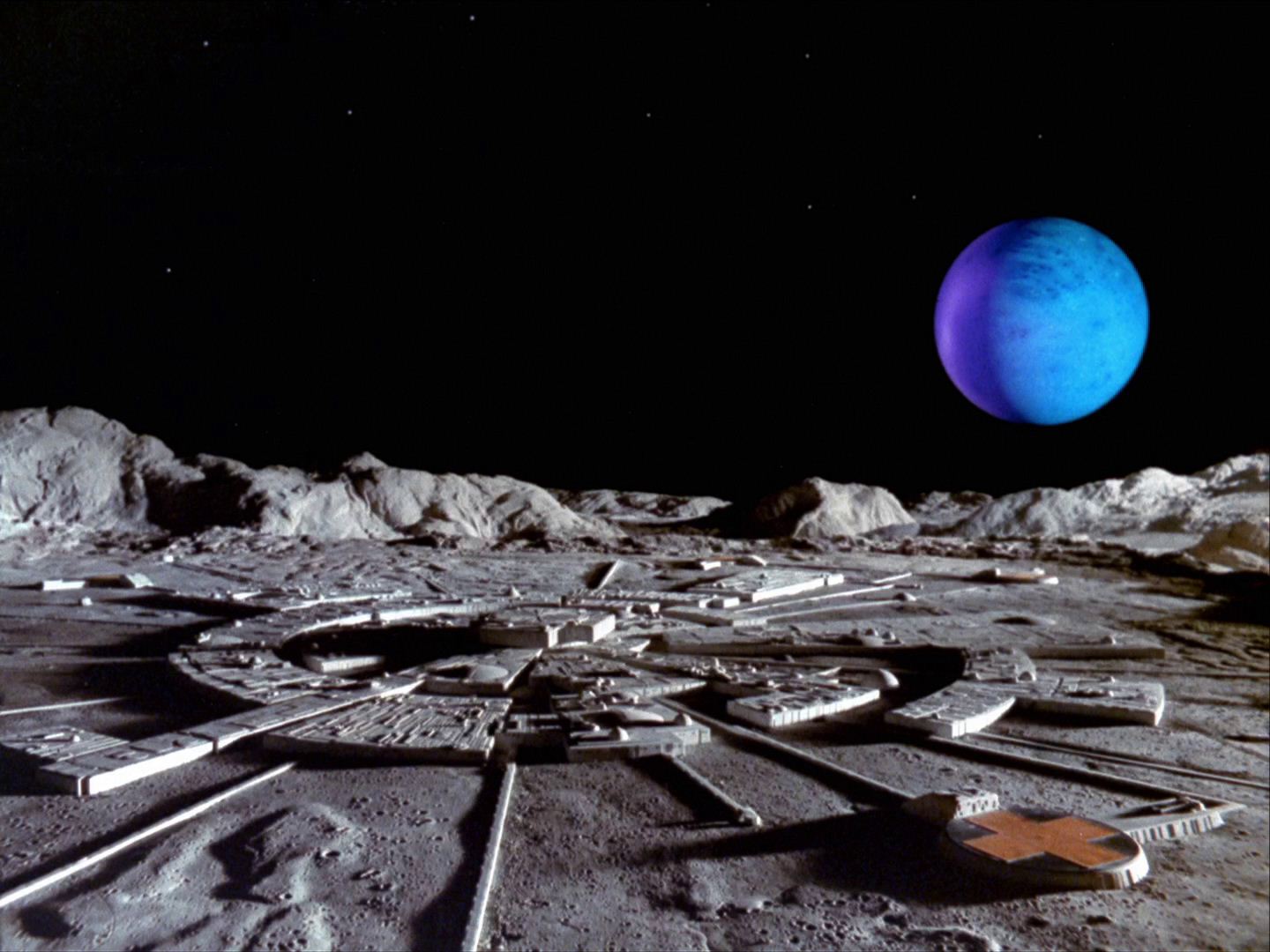Bizarre phenomenon where section of the sun splits and circles solar north pole baffles scientists
02/14/2023 / By Kevin Hughes

A bizarre phenomenon involving a portion of the sun’s surface splitting and circling the bigger body’s north pole – much like a polar vortex – has baffled scientists.
Tamitha Skov, a space weather forecaster, first brought attention to the phenomenon through a tweet. She accompanied her post with footage of the phenomenon, which was taken by the James Webb Space Telescope at the National Aeronautics and Space Administration’s (NASA) Solar Dynamics Observatory.
“Talk about polar vortex,” she wrote. “Material from a northern prominence just broke away from the main filament & is now circulating in a massive polar vortex around the north pole of our Star. Implications for understanding the sun’s atmospheric dynamics above 55 degrees here cannot be overstated.”
As reported by NASA, a solar prominence is an enormous bright element that extends outside of the sun’s surface. Prominences are made up of hydrogen and helium and usually burst when a structure becomes unstable and erupts outward, releasing the plasma.
Other researchers shared Skov’s excitement about the bizarre phenomenon.
Solar physicist Scott McIntosh of the Colorado-based National Center for Atmospheric Research said he has never seen a vortex like this. However, he said that something unusual commonly occurs at the sun’s 55-degree latitudes with clockwork consistency once every solar cycle – which occurs every 11 years. (Related: Model for plasma flow on the Sun reveals secrets behind sunspots and other solar phenomena.)
McIntosh described the prominence cited by Skov as a “hedgerow in the solar plasma.”
He asked: “Once every solar cycle, it forms at the 55-degree latitude, and it starts to march up to the solar poles. It’s very curious. There is a big ‘why’ question around it. Why does it only move toward the pole one time and then disappears and then comes back, magically, three or four years later in exactly the same region?”
Prominence appears to be linked to a shift in the sun’s magnetic field
Researchers believe the phenomena have to do with the switch of the sun’s magnetic field and they think that the polar region is very crucial in generating the magnetic field. However, they do not know what the exact cause is.
Scientists have frequently checked filaments break away from this pole-embracing plasma hedgerow, but they have yet to examine it from such a polar whirlwind up to now.
McIntosh added that it is an area that cannot be observed first hand, as scientists can only watch the Sun from the ecliptic plane, or what the planets orbit.
“We can only observe the sun from the ecliptic plane,” McIntosh said, pertaining to the plane in which planets orbit.
Meanwhile, the ongoing Solar Orbiter mission of the European Space Agency (ESA) could give some understanding and may shed some light on this unusual phenomenon in the coming years.
The ESA Solar Orbiter mission, which is taking photos of the Sun from within the orbit of Mercury, will have its orbit tilted by up to 33 degrees.
McIntosh believes that might not be enough to figure out the mystery of the polar vortex and scientists could require another mission to fully comprehend what is occurring at the sun.
Follow Space.news for more news about the sun’s solar activities.
Watch this video that explains why scientists are worried about the sun’s corona.
This video is from the END TIME NEWS channel on Brighteon.com.
More related stories:
The sun could blast Earth with a solar ‘superflare’ 1,000 times larger than mankind has ever seen.
Sun erupting non-stop this month, giant explosions seen from its far side.
Sources include:
Submit a correction >>
Tagged Under:
breakthrough, cosmic, discoveries, European Space Agency, James Webb Space Telescope, magnetic field, polar vortex, research, Scott McIntosh, solar cycle, Solar Orbiter, solar plasma, solar poles, Space, space tourism, sun, Tamitha Skov, weird science
This article may contain statements that reflect the opinion of the author
RECENT NEWS & ARTICLES
COPYRIGHT © 2017 SPACE.COM
All content posted on this site is protected under Free Speech. Space.com is not responsible for content written by contributing authors. The information on this site is provided for educational and entertainment purposes only. It is not intended as a substitute for professional advice of any kind. Space.com assumes no responsibility for the use or misuse of this material. All trademarks, registered trademarks and service marks mentioned on this site are the property of their respective owners.



















